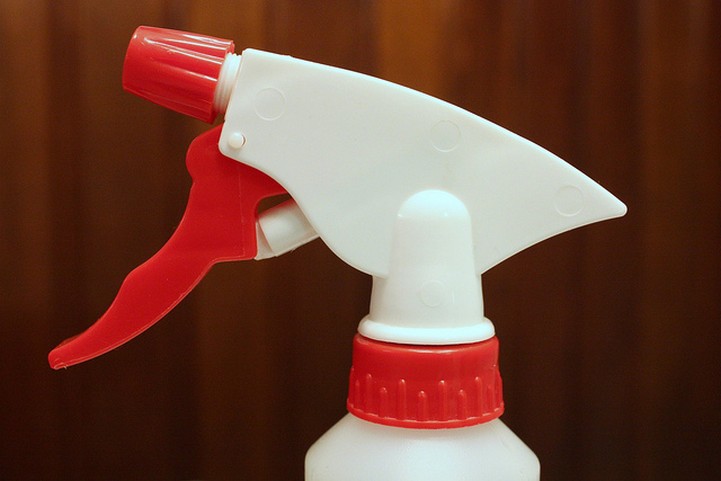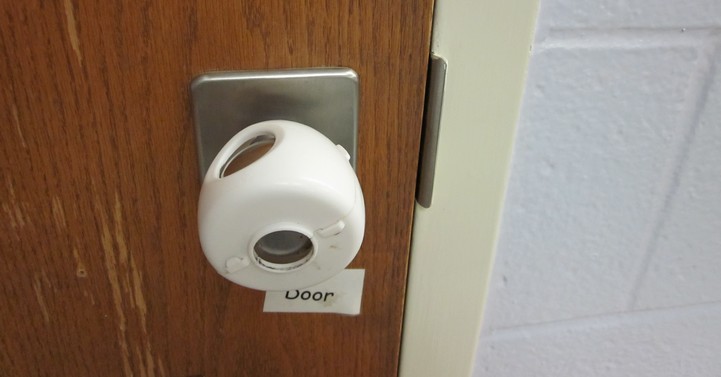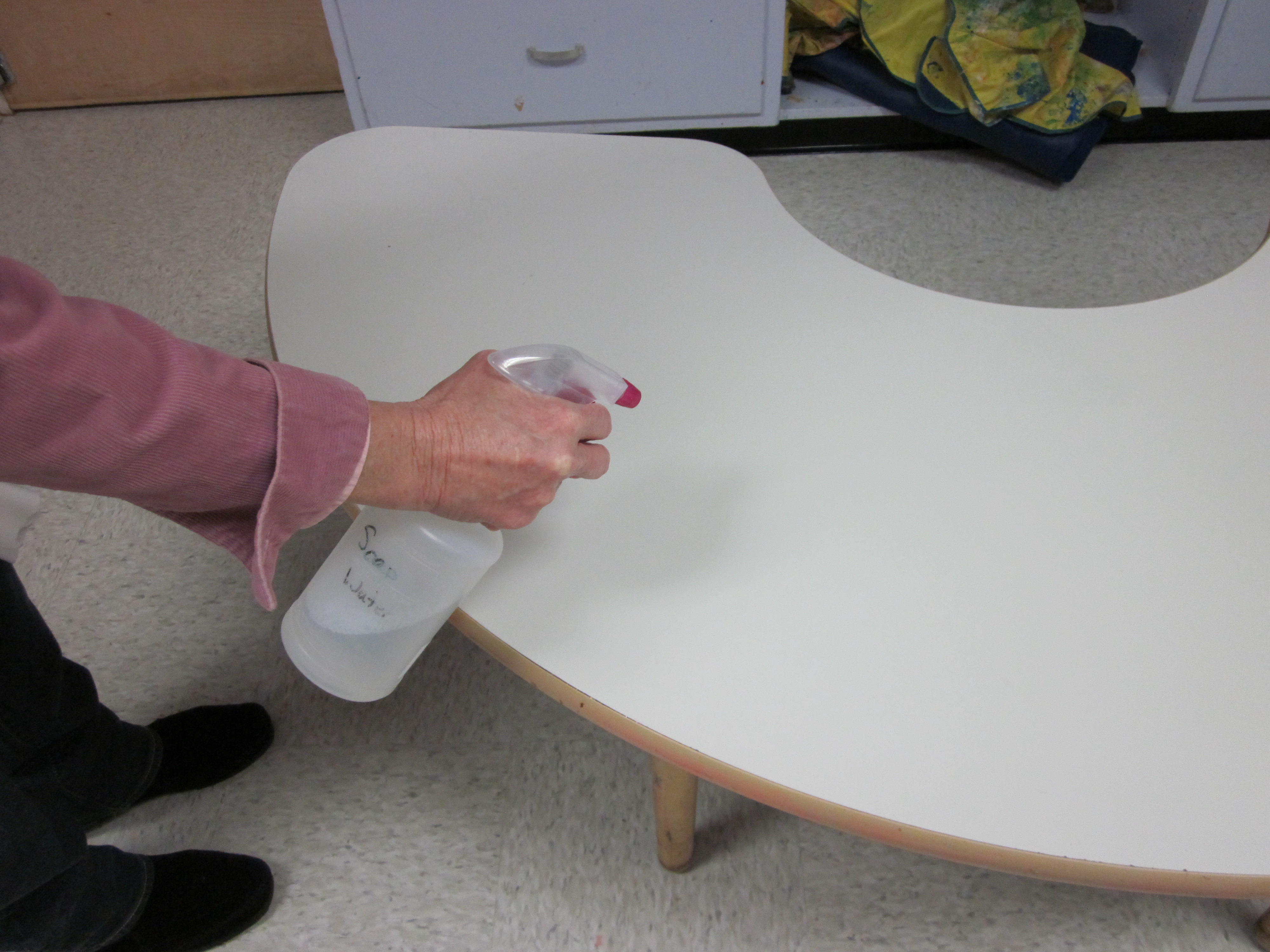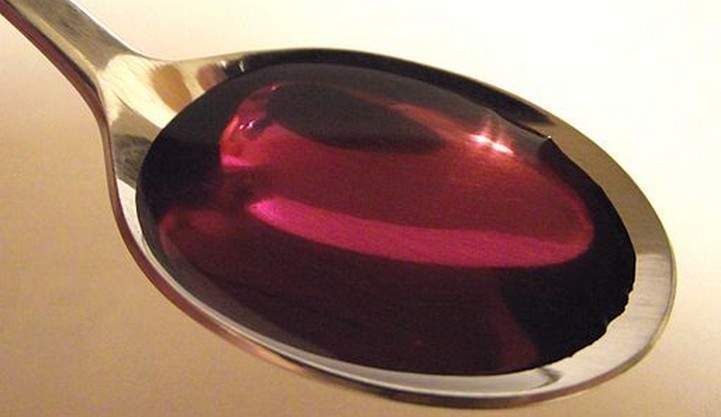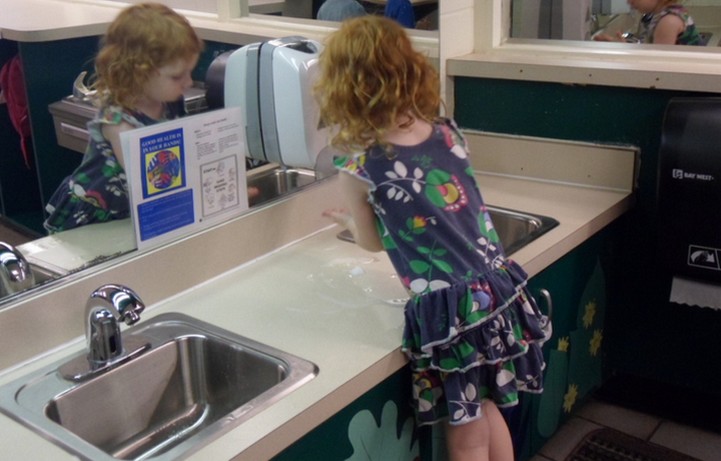
Hand washing is one of the most important ways to prevent the spread of germs in child care. When washing hands, it is important to scrub for a full 20 seconds. Many children forget to wash their hands for this long. Teaching children in a child care setting to sing a “hand washing song” while they wash is a good way to help them measure if they have been scrubbing long enough.
The following are a few examples of hand …




